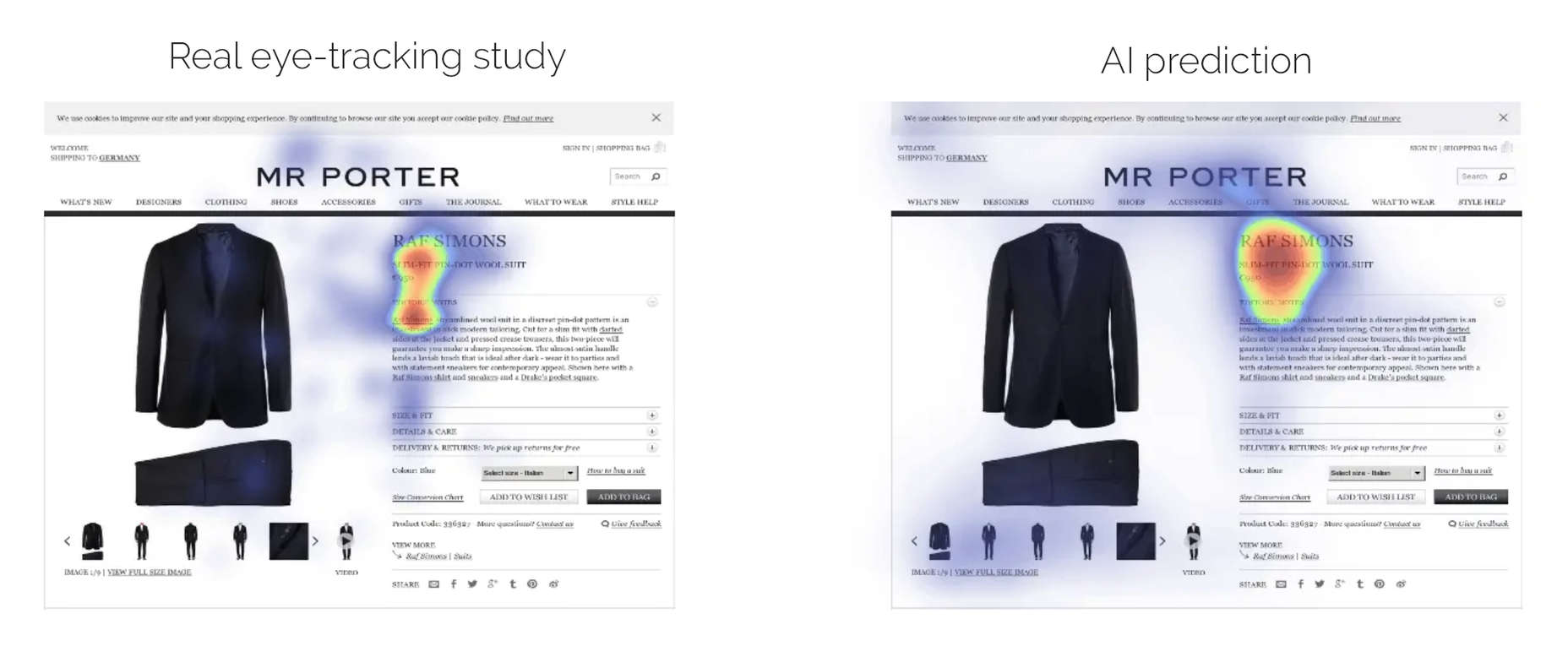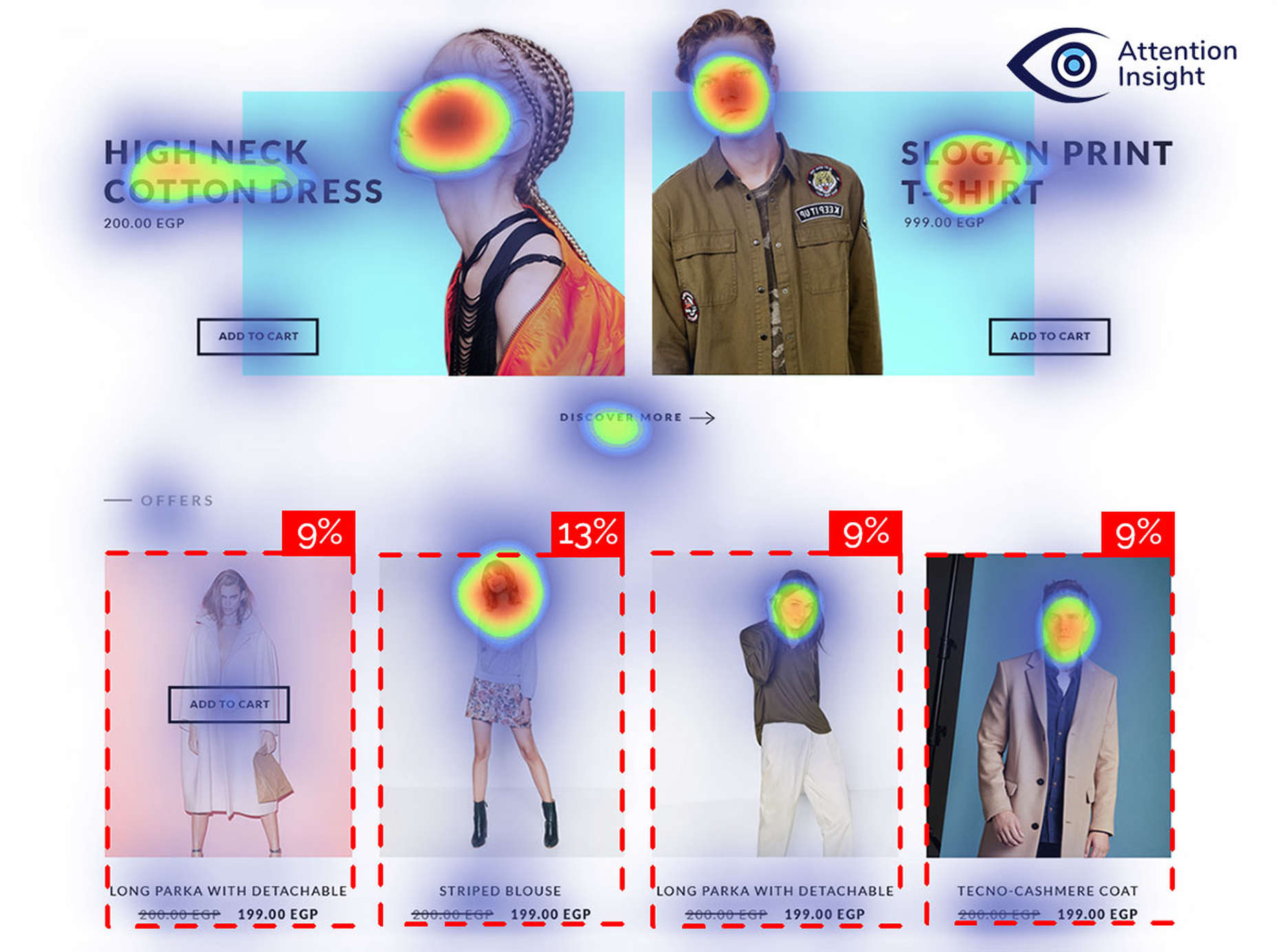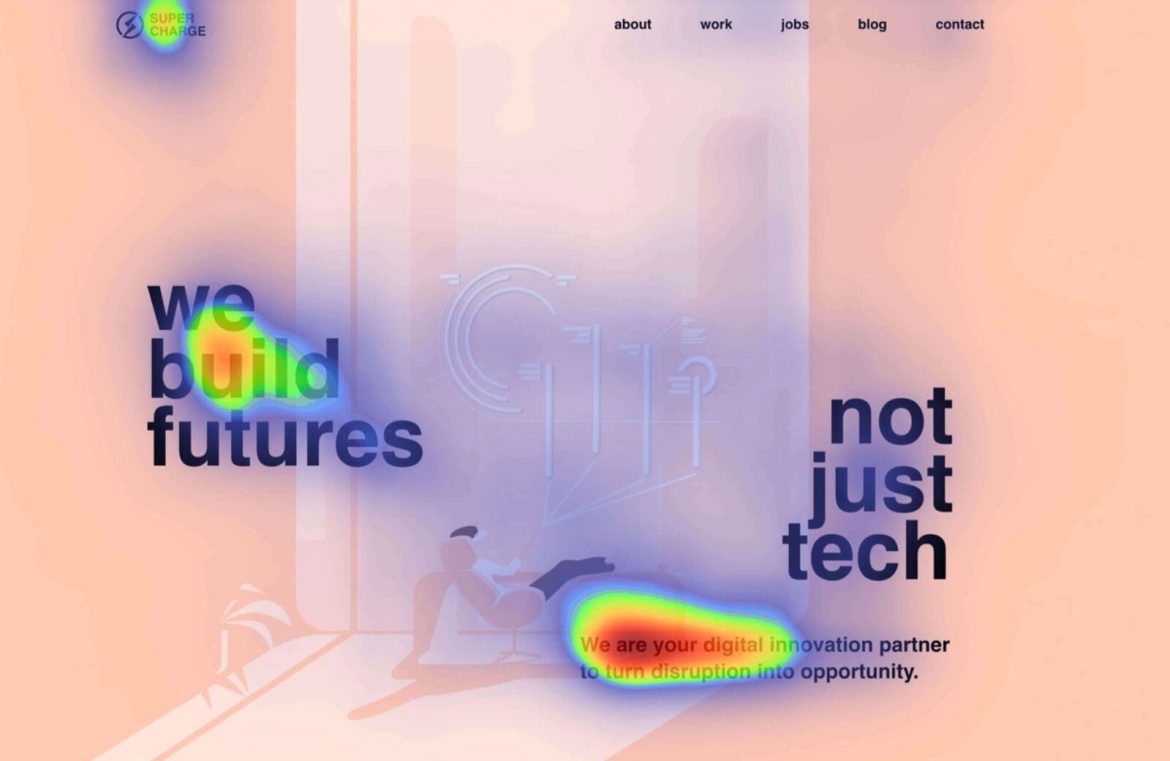The Role of Eye-Tracking in Modern Web Design
Understanding where a visitor’s gaze lands first on your site is key. How can you uncover this insight? The answer lies in eye-tracking. This technology is pivotal in honing website conversions. By monitoring eye movement, it can discern the content that captivates users the most. It identifies if focus is being placed where you want it, which elements are causing distractions, or which are failing to grab attention, potentially leading to lost sales. This data is indispensable for thriving in today’s marketplace. [pullquote]This data is indispensable for thriving in today’s marketplace[/pullquote] How does it function? Devices such as webcams or specialized glasses measure eye motion. The resulting data is assessed and depicted in a heatmap, clarifying which website sections draw the most eyes. Given that browsing sessions are fleeting, these insights are crucial to understanding your visitors. It’s frustrating to realize that a meticulously crafted website design isn’t delivering the targeted conversion rates. Utilizing eye-tracking tech allows for adjustments rooted in factual data rather than guesswork, paving the way for assured business success. You might be convinced of the necessity of an eye-tracking study, but it does come with drawbacks. A thorough behavioral study or eye-tracking can be a complex, costly, and time-intensive endeavor. Drawing reliable conclusions from heatmaps requires involving at least 39 study participants, with individual sessions ranging from 20 minutes to an hour—not including setup and analysis time. Eye tracker systems can carry a hefty price tag averaging $17,500, sometimes reaching up to $50,000. While outsourcing this research is an option, it could also lead to substantial monthly expenses. Thankfully, the evolution of technology provides us with more cost-effective and rapid avenues to gather similar insights about user attention without undertaking an actual eye-tracking study.  Innovative tech supersedes traditional eye-tracking studies
Innovative tech supersedes traditional eye-tracking studies
Automation of Eye-Tracking through Artificial Intelligence
When pondering how to decode user interactions with your website, Artificial Intelligence (AI) offers a promising solution. AI-driven technologies have seamlessly integrated into numerous everyday services, such as Netflix with its spot-on movie suggestions or medical research where eye-tracking aids in diagnosing diseases like Alzheimer’s or Autism. The growing sophistication of AI enables it to emulate human cognitive processes and refine itself by learning from data. Predictive eye-tracking, fueled by deep learning algorithms and past study data, affordably and quickly offers insights previously attainable only through direct studies. [pullquote]With an abundance of historical data, human behavior patterns have become surprisingly predictable[/pullquote] AI tools can accurately forecast the sections of your website that will likely capture visitor interest. This innovation accelerates the UX research timeframe, delivering design feedback within moments. Seem too miraculous? Tools like Attention Insight and EyeQuant are market-ready. Using deep-learning models trained on prior eye-tracking research, these predictive design aids boast an accuracy of 84-90%.  AI-generated attention heatmap Digital designers and marketers now view AI alternatives as substantial rivals to conventional eye-tracking methods. The ongoing development paths of predictive eye-tracking products have even led to heatmap creation for videos, and the ability to provide precise attention metrics for selected objects.
AI-generated attention heatmap Digital designers and marketers now view AI alternatives as substantial rivals to conventional eye-tracking methods. The ongoing development paths of predictive eye-tracking products have even led to heatmap creation for videos, and the ability to provide precise attention metrics for selected objects.
Conclusion
With the finite nature of user attention and its heightened demand in the digital product space, its measurement has become akin to a currency. The cutthroat environment no longer permits decisions based solely on instinct. Instead, designers have a choice to make informed, data-driven decisions quickly and cost-effectively with AI-driven eye-tracking technology, even during the early phases of product development. In this economy of attention, not only must your product stand out, but its impact must also be measurable and optimized.

